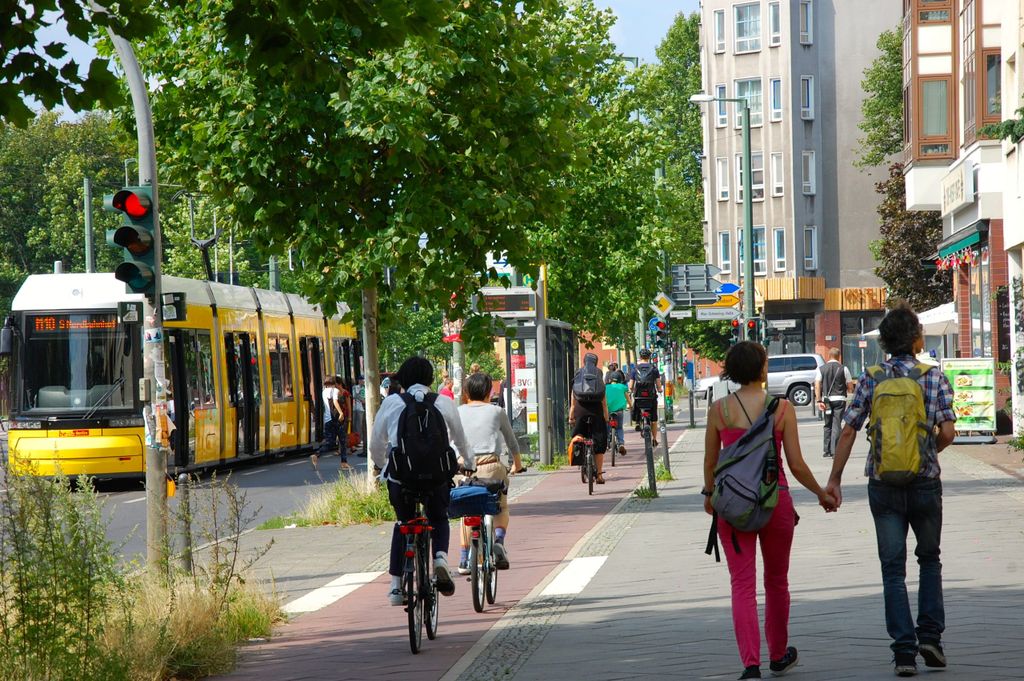
Charting the future of mobility: Our shared mobility webinar wraps up
Insights from the expert webinar
Public transport is evolving, and shared mobility is at the forefront of this transformation.
Shared mobility is reshaping transport by providing more sustainable and affordable alternatives to private car usage. It enriches the mobility mix, making door-to-door journeys easier and more accessible.
Our webinar, ‘The future of shared mobility, how the industry takes the world’s cities by storm’ was held on 21 November. It took a deep dive into where shared mobility is headed – and how the wider public transport sector can contribute to its success. The panel was moderated by Endre Angelvik of Ruter AS in Oslo, Norway, and it featured four expert speakers:
- Azarel Chamorro, Mirai Share, Japan
- Lukas Foljanty, The Routing Company, Germany
- Sandra Phillips, movmi, Canada
- Mareike Rauchhaus, Nextbike by Tier, Germany
Here’s some of what they had to say:
How on-demand and shared mobility can transform our cities
The transformative impact of shared mobility in urban landscapes is undeniable. Panelists collectively emphasised its role in addressing modern urban challenges. Azarel Chamorro, on the topic of Japan’s unique transportation landscape, highlighted shared mobility’s potential in a society grappling with aging demographics and economic challenges.
Chamorro underscored the need for mobility to be viewed as an opportunity rather than a challenge, advocating for shared mobility solutions tailored to diverse societal needs, including those of the elderly and disabled.
“The question is how we can implement shared mobility within the wider public transport ecosystem so that shared mobility can help us leverage our policy goals.”
For instance in Osaka, Japan, Chamorro notes the country’s largest on-demand bus service, which improves accessibility especially for those vulnerable populations. “On-demand systems include autonomous vehicles, or self-driving wheelchairs, which by the way exists in Japan!”
Lukas Foljanty presented demand-responsive transport as a key player in the evolution of shared mobility. He traced its journey from a niche to a global phenomenon, propelled by new technologies like cloud computing and mobile internet. Foljanty emphasised the significance of real-time optimisation in making these services more efficient and widely applicable, particularly in urban centres.
Integration with PT is key
From Nextbike by Tier, Mareike Rauchhaus highlighted the rapid global expansion of bike-sharing programs and their critical role in modern urban mobility, showcasing their shift from an emerging trend to a significant pillar of the mobility system.
“In 2017, around 1000 cities offered bike-sharing schemes. Today we have over 2000 schemes worldwide, so the number has doubled in just six years.”
Rauchhaus stressed the importance of integrating bike-sharing into public transport systems, citing examples and case studies from around the world where bike-sharing complements public transport, enhancing its accessibility and sustainability.
Lessons from Canada
Sandra Phillips shed light on the evolution of car-sharing in Canada, noting its transition from a supplementary service to a central component of urban transport.
Phillips discussed how car-sharing, integrated with public transport and cycling, creates a more resilient and diverse urban transportation network. As well, Phillips addressed the environmental and social benefits of car-sharing, including its role in reducing congestion and pollution, and enhancing community connectivity.
“Ideally, the mobility mix should be predominantly public transport and active mobility, and then car-sharing when and if you need it.”
Watch the full webinar
The webinar’s insights underscored the potential of shared and on-demand mobility to greatly reshape urban transport. And in doing so, the webinar highlighted just how important it is to share our knowledge. After all, shared mobility is at the cutting-edge of the sector. If we want to strengthen its impact, then we need to know how best to build success.
“Shared mobility is coming to the end of the pilot phase and the start of the deployment phase, and this makes knowledge sharing even more vital.”
Membership benefits











